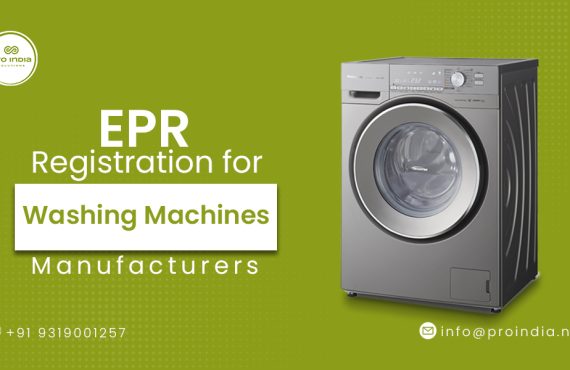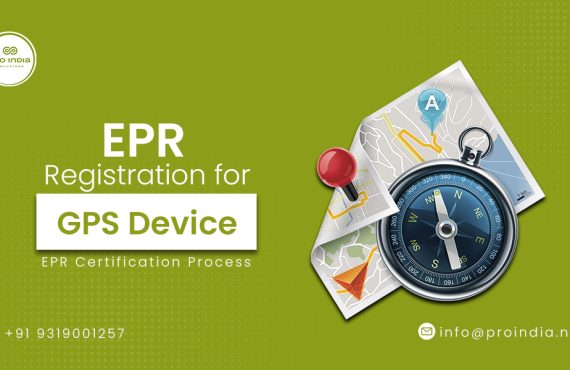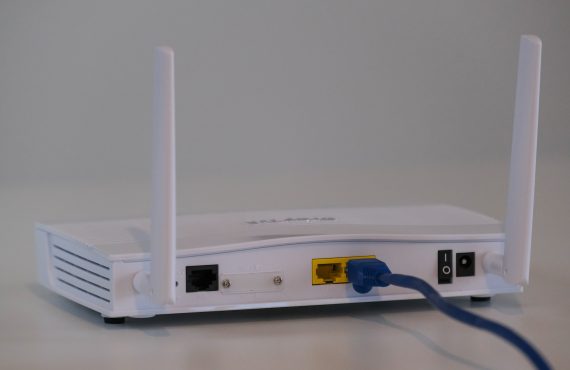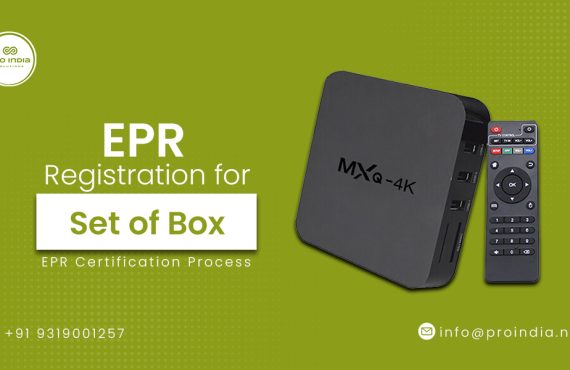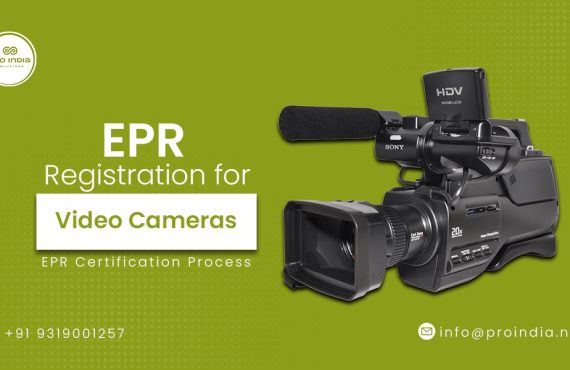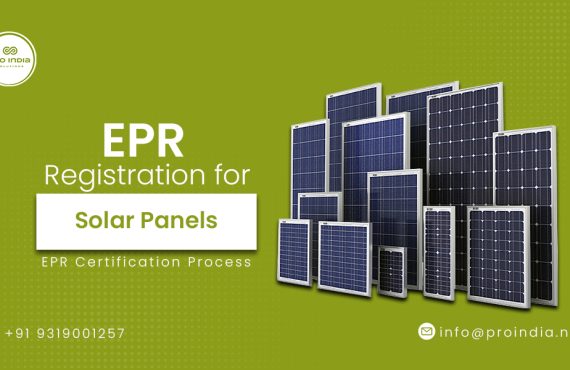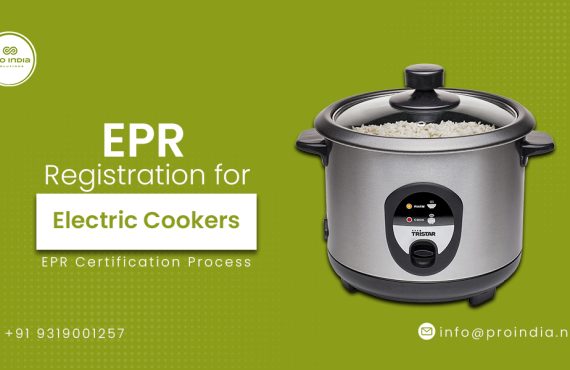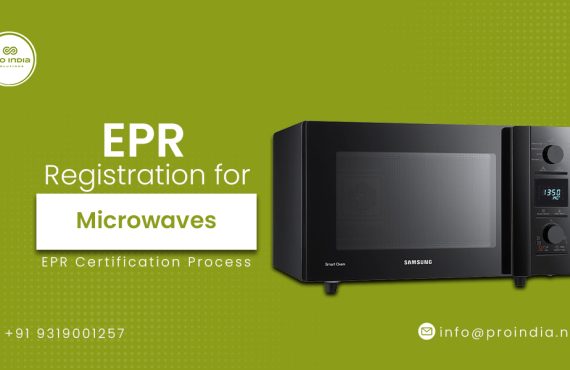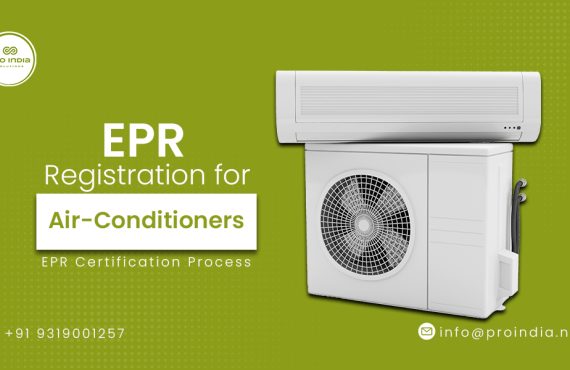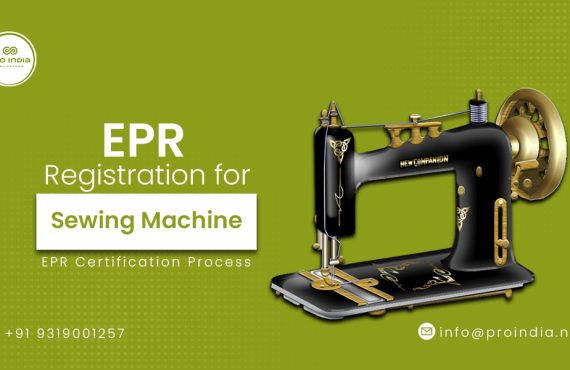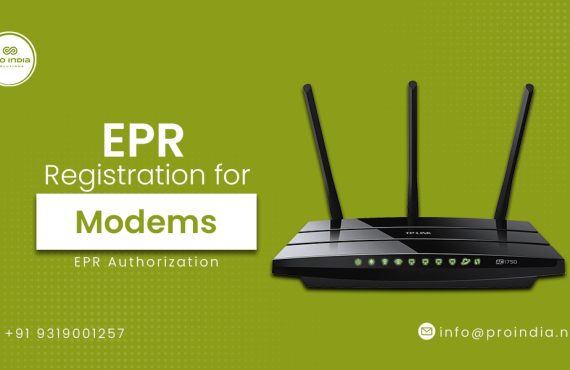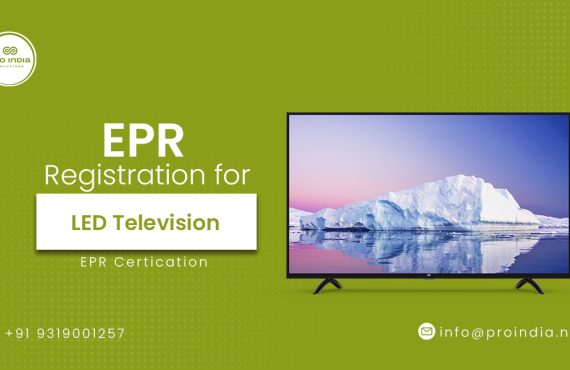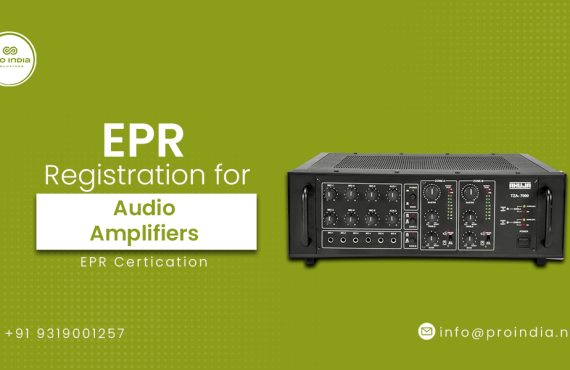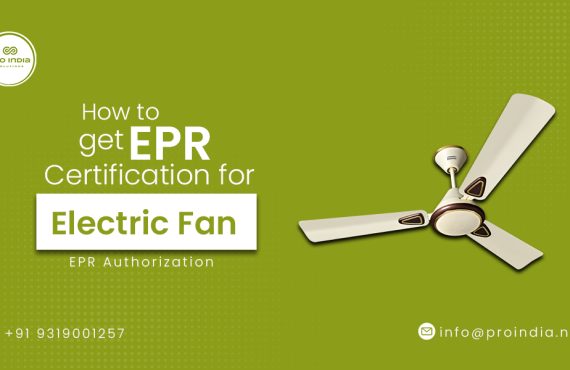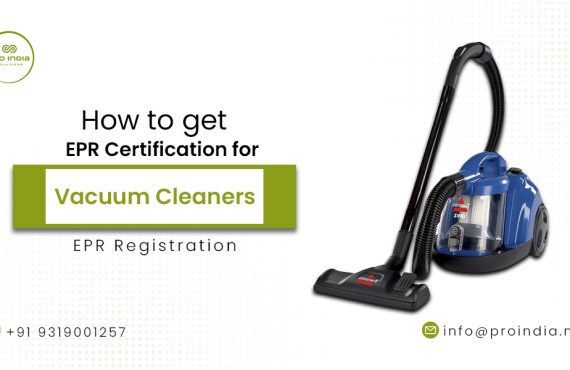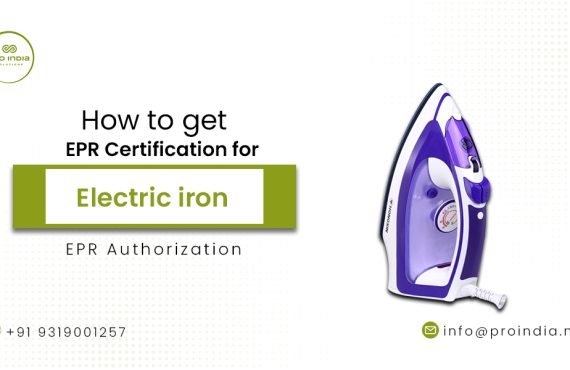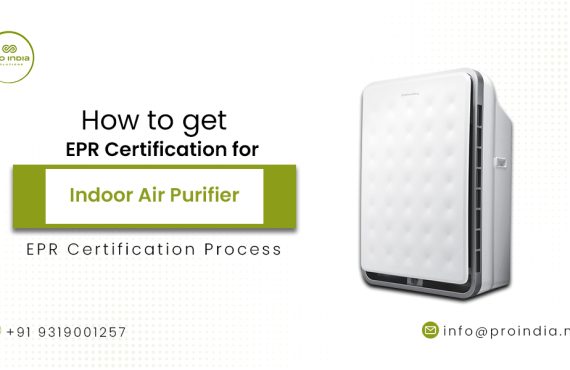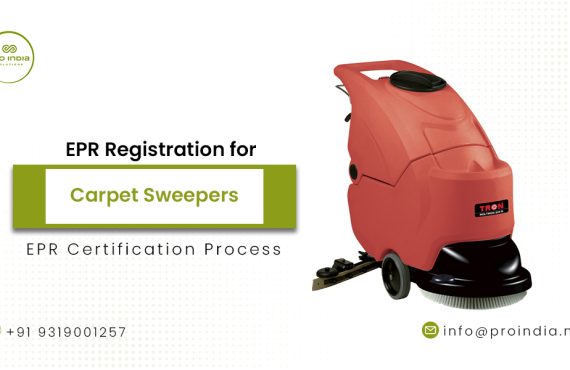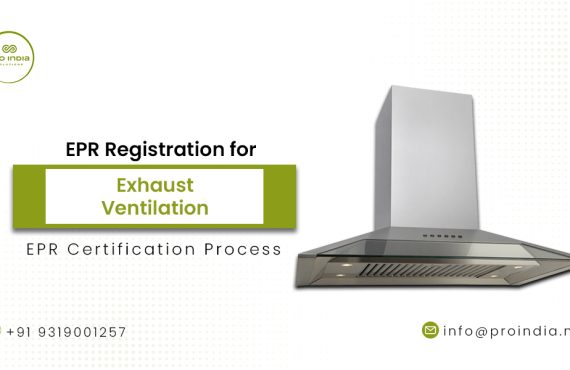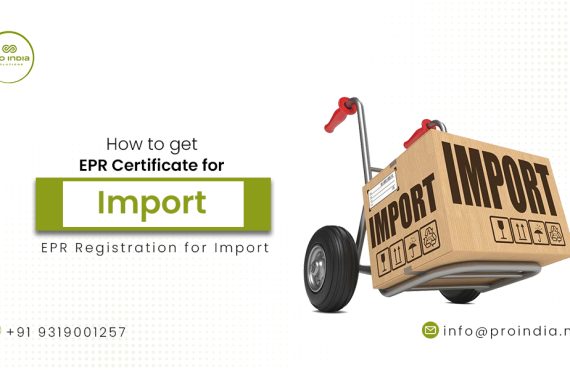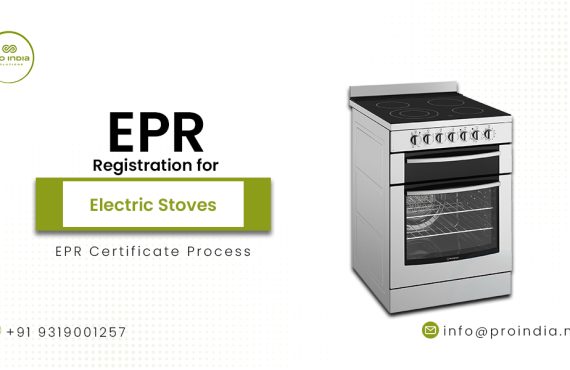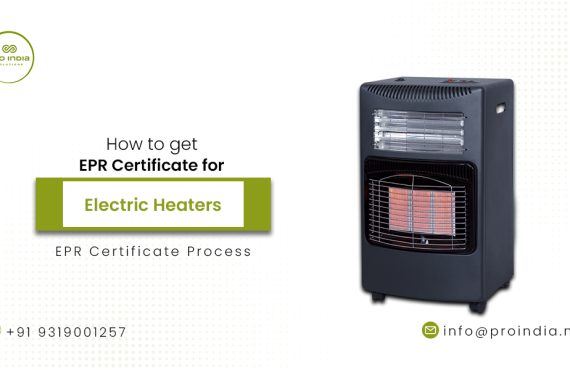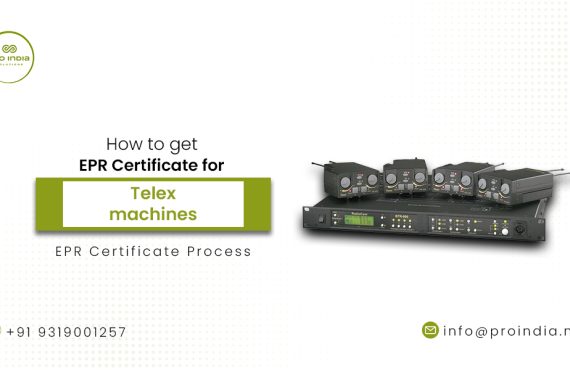Introduction :
Tablets and iPads are commonplace tools for both personal and professional use in the rapidly changing digital world. To ensure safety, environmental responsibility, and compliance with international standards, they must, however, abide by a number of laws and regulations because they are electronic devices. The EPR (Extended Producer Responsibility) Certificate is a necessary accreditation for such devices. We will provide you with a detailed walkthrough of the procedures and requirements for acquiring an EPR Certificate for tablets and iPads in this blog article.
- Understanding EPR and Its Significance
Extended Producer Responsibility (EPR) is a concept that places the onus on manufacturers and importers to take responsibility for the entire lifecycle of their products, including their disposal and recycling. EPR certificates ensure that the producers adhere to environmental regulations, waste management practices, and recycling initiatives. Obtaining an EPR Certificate for tablets and iPads is essential not only to comply with legal obligations but also to demonstrate commitment toward sustainable business practices.
a.Researching Applicable Regulations
- The first step in obtaining an EPR Certificate is to thoroughly research the regulations governing electronic waste management and recycling in your target market. These regulations may vary from country to country or even within different regions. Familiarize yourself with the legal requirements, deadlines, documentation, and testing procedures specific to tablets and iPads.
b.Identifying Authorized Certification Bodies
- To obtain an EPR Certificate, you need to work with authorized certification bodies that are recognized and accredited by the relevant regulatory authorities. These bodies assess your products’ compliance with environmental standards and issue the necessary certification. Research and select a reputable certification body that specializes in electronic waste management and recycling for tablets and iPads.
Conducting Product Testing
- Product testing is a critical step in the certification process. It involves evaluating your tablets and iPads for compliance with specific environmental parameters, such as hazardous substances, recyclability, energy efficiency, and overall product safety. Engage a qualified testing laboratory that can perform the required tests and provide accurate results for certification.
Document Preparation
- Accurate and comprehensive documentation is crucial for obtaining an EPR Certificate. Prepare the necessary paperwork, including product specifications, test reports, technical data sheets, and manufacturing processes. Ensure that your documentation aligns with the requirements set forth by the certification body and regulatory authorities.
Submitting Application and Compliance Verification
- Once your documentation is complete, submit your application to the chosen certification body. The certification body will conduct a thorough review and verification process to ensure your products meet the specified criteria. They may request additional information or conduct on-site audits, depending on the regulatory requirements.
Obtaining the EPR Certificate
- Upon successful completion of the compliance verification process, you will receive the EPR Certificate for your tablets and iPads. This certificate serves as proof of your compliance with environmental regulations and your commitment to sustainable waste management practices.
Conclusion
Acquiring an EPR Certificate for tablets and iPads is an essential step for manufacturers and importers looking to meet environmental responsibilities and ensure compliance with waste management regulations. By following the steps outlined in this guide, you can navigate the certification process successfully. Remember to stay up-to-date with evolving regulations and maintain your commitment to sustainability throughout the lifecycle of your products. Together, we can create a more environmentally conscious and responsible future.
Contact our experts now to meet your compliance requirements.




